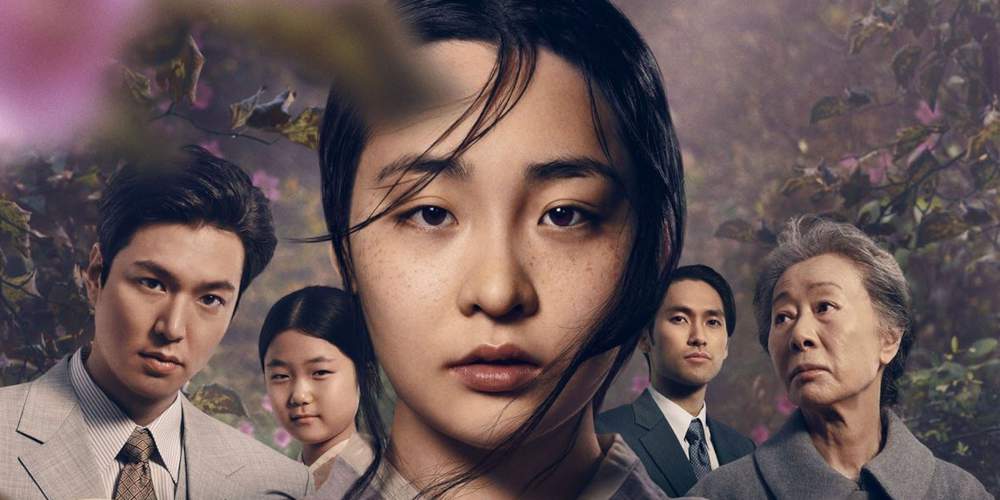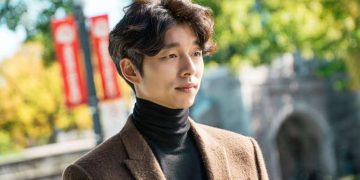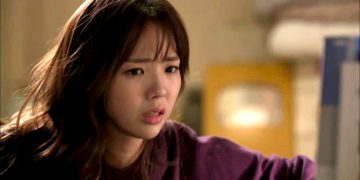When Apple TV+ joined the streaming world, it was underwhelming at first. The platform had one or two interesting series but that was about it—and it was hard to justify a subscription, even at its cheap price.
Over time, Apple has splashed out sums of cash to all kinds of directors and showrunners, building out a solid library worth checking out. They've secured content for the future and they're well on their way toward competing with HBO in terms of TV show quality.
And that's most evident in Apple TV+'s newest series, Pachinko.
The series, based on Min Jin Lee's book, has drawn critical acclaim and love from viewers, who've marveled at the unique narrative of the show and the incredible performances by its principal cast.
Here's why Pachinko is a must-watch if you aren't watching already. The journey of Kim Sunja's family is one you won't want to miss.
1. The Blending of Cultures
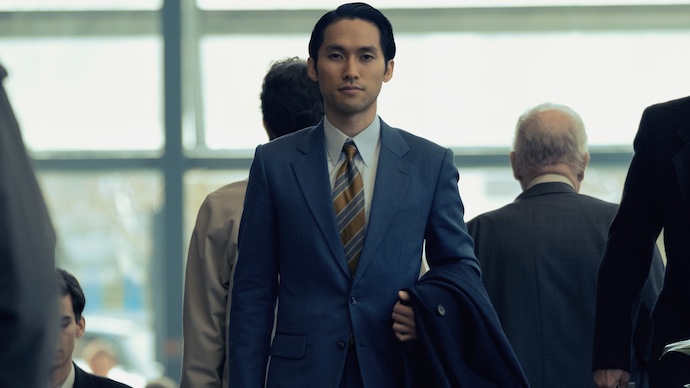
The story of Pachinko follows one family through two principal time frames—one taking place in the 1930s and the other in the 1980s—with the heart of the story being Kim Sunja's journey from her native Korea.
Pachinko deftly paints a picture of the state of Korean immigrants who went to Japan prior to the Second World War and the way they continued to be treated by the Japanese over forty years later. It's a story that binds two different eras that contrast broadly.
As Sunja's grandson, Solomon, navigates his way through the investment world of the mid-1980s, he's walking a path that feels remarkably similar to the one that his grandmother took: both are forced to find their way in a world that wants to ignore them or be rid of them.
The blending of Korean and Japanese culture across the decades dominates the emotional parallels within the narrative, showcasing the American influence on a more modern Japan while decrying its existence in the times of the Japanese empire.
2. Performances Across Many Generations
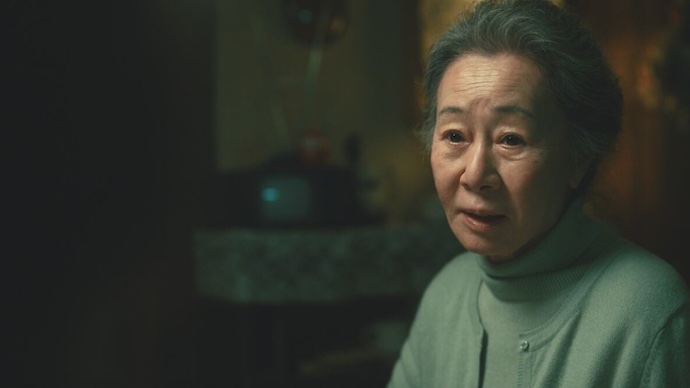
The character of Sunja is portrayed by two different actresses across the two epochs: first by Academy Award-winning actress Youn Yuh-jung as the elder, and second by newcomer Kim Min-ha as the younger.
Both truly become Sunja in two different eras, providing a narrative throughline that runs from the younger Kim Min-ha to the iconic Youn Yuh-jung. They both exist as one, providing the audience with a Sunja who feels wholly realized in multiple ways.
They provide a narrative tentpole for us to cling to as we engage with the interchanging layers of the story. And as the two actresses portray one character's journey, the rest of the cast are allowed to build around them while relying on Sunja's character as the central figure.
And due to the shifting nature of the narrative, the performances have an evergreen flow to them, never allowing the audience to become bored of the tale that unfolds before them.
That's exemplified in the performance of Lee Min-ho during "Chapter 7," which tells the story of the Kantō earthquake.
The bottle episode injects Pachinko with a change of pace, focusing on Koh Hansu and the effect of the devastation on his life, giving his character a sharp clarity that redefines how the audience sees him.
3. The Perfect Narrative Structure
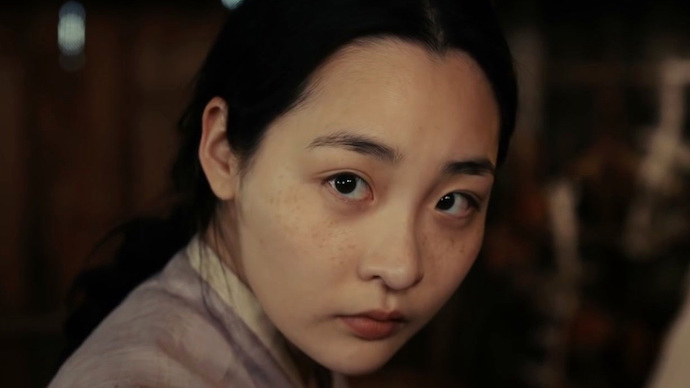
While Pachinko's ever-shifting narrative isn't itself revolutionary, it's hard to think of a modern TV series that better highlights the merits and flow of the style and approach.
Across its two eras, Pachinko finds the small similarities, the tiny kernels of emotional harmony that connect the two with a thread that cuts back and forth with ease.
During some of its most potent sequences, Pachinko moves between the characters involved with a freedom that comes from all the intricate attention paid to the show's structure.
It's downright compelling how Pachinko layers its emotional scenes in a way that's purposefully built from the start of the series, meticulously weaving the two stories in multiple ways.
This is Pachinko's greatest strength that allows its to be a series that continues to hold the audience in their seats. It's a delicate story that, like a rolling stone, gathers no moss.
4. It's Apple TV+'s Finest Achievement
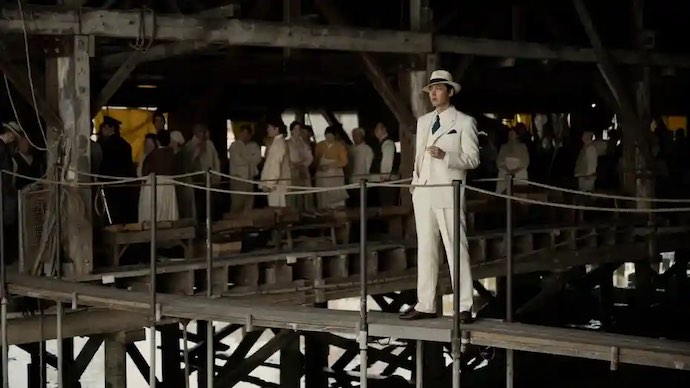
Watching Pachinko is a joy of modern storytelling, but beyond the show itself is the house that gave it a budget and a home, allowing the creators behind it to craft such a piece in the first place.
Apple's streaming division has proven that its focus is on quality over quantity. Apple TV+ is willing to shell out extraordinary sums of cash to land the biggest projects in town, such as Martin Scorsese's Killers of the Flower Moon (reportedly costing Apple over $200 million).
With Pachinko, Apple has found the project it's been waiting for. Despite several great series already, this one is the first series on the streaming platform that truly feels as though it belongs on HBO.
The iconic TV network that brought us The Wire and The Sopranos has operated with a swagger that no other network has managed to emulate in its 40-year history. But now? Apple TV+ is speaking loud and clear that they intend to challenge the king of TV networks.
Apple's budget makes competition obsolete and allows them to provide a home to auteur TV showrunners who want freedom in creating their masterpieces. With Pachinko, Apple has found their blend—now all they need to do is to expand upon it.
